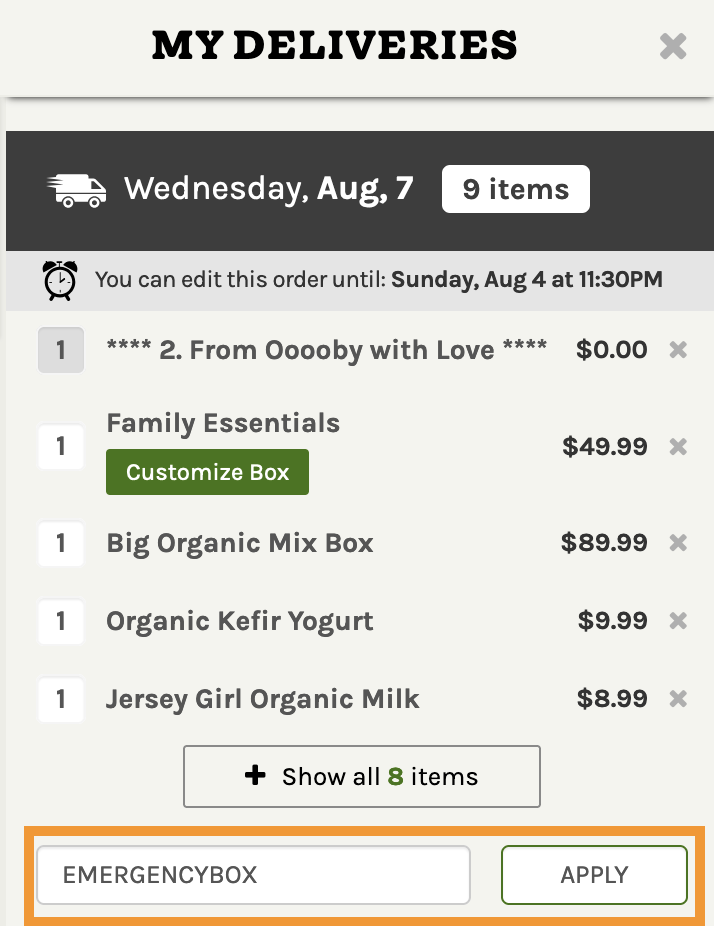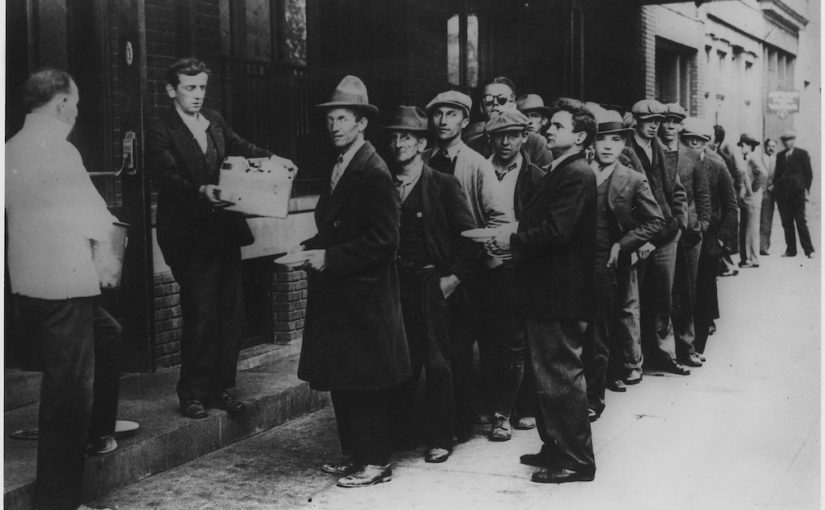In July 2024, we witnessed the largest IT outage in history. It’s a wake-up call about how much we rely on technology, even for the local organic food on our dinner tables.
I live off-grid, give food security courses and I have a background in IT. I think about this a lot.
How can we buy high-quality, organic food – even when the shiitake hits the fan?
I will go over some basics and tell you how to get an Ooooby box even if we’re without internet and electricity.
Learning from the past
When I was a kid growing up in Canada, we had an ice storm take out the power for over a week. I honestly don’t remember how my parents managed, but I do remember going to our small-town bank with my mom to get cash. The teller obviously couldn’t access our account, so she wrote down on a piece of paper “The Bliss Family – $200 cash withdrawal” and trusted we had it.
Thank God we lived in a small town.
Fast forward a couple of decades, and my wife and I are living and volunteering in Nepal with only 4 hours of electricity per day. We went to the local market every day and only bought what we needed for that day.
Know what? It worked fine.
But in our tech-heavy world, even short outages of internet and power can cause real problems in getting food on your table.
Reality check: Best and worst case scenarios
The ‘Crowdstrike’ issue we recently witnessed severely impacted services like air travel but it wasn’t total mayhem.
However, if a major internet host like Amazon Web Services has issues, then a large percentage of the internet will be unreachable. If payment providers such as Visa, Mastercard or Stripe have problems, supermarkets and organic shops won’t be able to sell anything – and neither will we.
ATMs won’t be working either. Even if you carry cash, most stores won’t be equipped to operate without their Point of Sale systems.
If a cyberattack affects email or mobile phone networks, there goes communications.
A power outage would force virtually everything to a halt: communication, transportation and 99% of agriculture. If this lasts more than a few days, things start to get ugly.
Sounds surreal, doesn’t it?
Fortunately, the worst case scenario is fairly unlikely. However, the reality of modern supply chains is that relatively minor disruptions can have real affects on our ability to eat.
Ooooby’s solution: Emergency Food Boxes
Ooooby has a Plan B for when we’re all forced to take an unplanned digital detox.
We’ll aim to provide an Emergency Box of whole foods for a small family to prepare meals: produce, eggs, bread, meat, staples, etc. We’ll aim to fill each box with $200 of local organic food.
I have no idea if home delivery will be possible, so the first week you’ll need to pick up 4-6pm Wednesday at our hub at 13B Ride Way, Rosedale, Auckland. This will give us an opportunity to tell you in person what the deal will be for the following weeks.
How do I sign up?
You need to sign up asap because when you actually need one, it will be too late.
Here’s what to do: On your next Ooooby order, simply enter the code ‘EMERGENCYBOX’ at checkout.

This won’t do anything now, but it will add your name to our Emergency Box Opt-In list that we regularly print out. When the time comes, we’ll know who you are – especially if you’re a regular customer.
How to pay
In this situation, debit or credit cards won’t work. And unlike the teller at my Canadian bank in the 90’s, a smile won’t be enough (though it will certainly be appreciated).
You’ll need $200 cash when you pick up your box, so best to keep a few weeks of emergency cash stashed away in a safe place.
There is nothing to pay in advance.
Other things you can do for food security
Even though the team at Ooooby is doing its best to prepare for the worst, we can’t prepare for every scenario or provide guarantees, so:
- Learn how to grow your own food. I’ve started a whole blog series to get you started at home.
- Buy bulk foods and store a few week’s worth at home. (You’ll also save on organic groceries).
- Get familiar with local farmers’ markets.
- Talk with friends and family. Build a community of like-minded people who you can rely on.
Prepare, but don’t be scared
We can’t predict when the next technical glitch might occur, but we can do our best to be ready for it. By thinking ahead and having plans in place, we take steps locally to limit the impact of global setbacks on our ability to eat well and stay healthy.
Remember, as important as it is to have contingency plans for the future, it’s also important to stay grounded in the present.
That means appreciating the good food that we are blessed to eat and share with our loved ones each day.
—
**This article will be updated as circumstances and plans evolve. All questions in the comments below please.


This is a great idea thank you. In theory, I am keen but I also already have an amount of stored food, so I wouldn’t need to arrange something with you until a ‘dark’ month or so went by. Could the plan be to come to you at that time, or would you need an earlier physical visit? Just that petrol might be hard to buy as well.
At this point our plans don’t include messenger pigeons, so yes, best to turn up and we’ll find the best way forward together. 🙂
It’s a wonderful idea, and I’ll put it in our next order.
What a great idea! I would love to opt-in, but I’ll have to wait until I’m back in the country and place my next order.
I took the liberty of putting you on it already! 🙂
Hello Fraser and Team,
WOW! Not only do you have forethought, but you are most certainly a forerunner. What an EXCELLENT service💥👏🙌thank you, I am definitely signing up.
Thanks Annie!